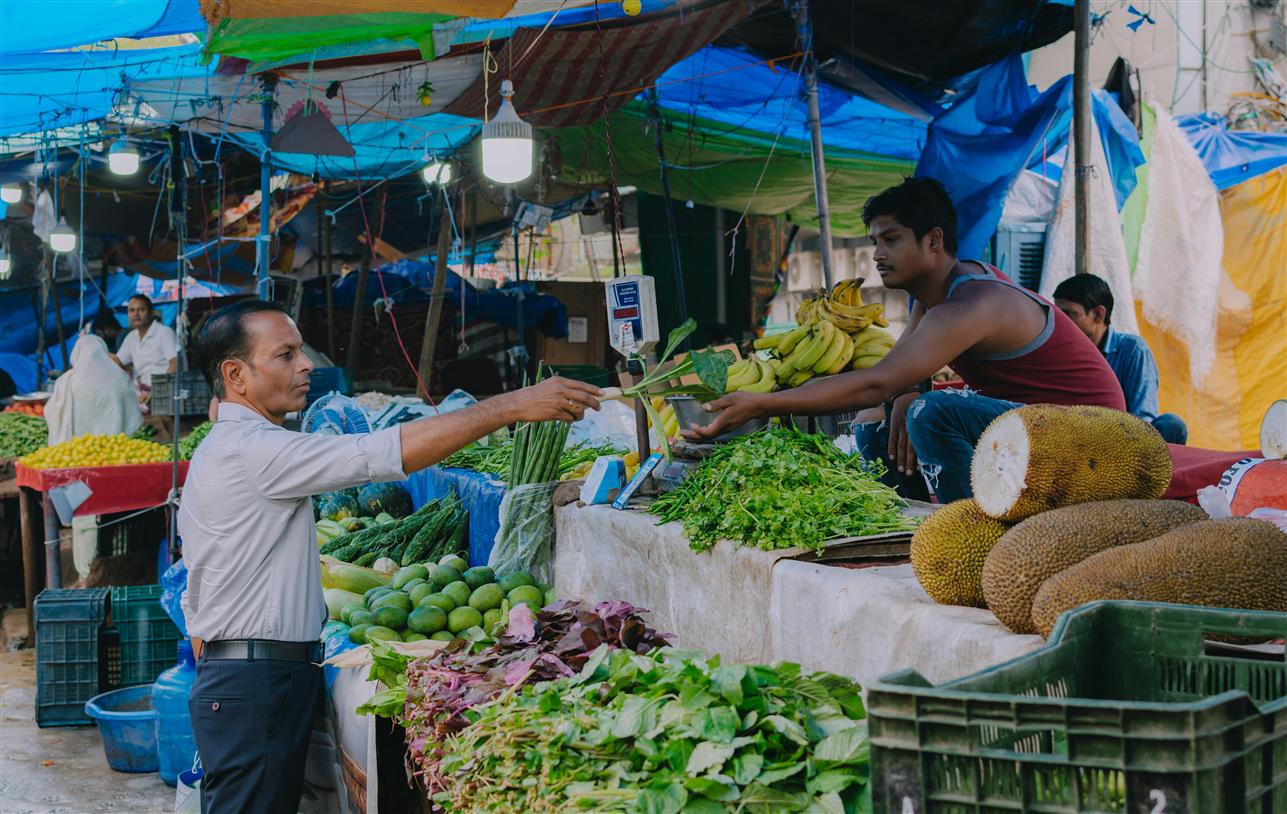
In cities long dominated by concrete, glass, and steel, a quiet agricultural revolution is unfolding—one that brings the farm not just closer to the consumer, but sometimes right above their heads. Hyperlocal food production, particularly through rooftop farms and vertical gardens, is reshaping how urban populations think about what they eat, where it comes from, and the role cities play in food security.
Once seen as a novelty, urban agriculture has matured into a legitimate piece of the food ecosystem in places like New York, Tokyo, Singapore, and Copenhagen. From compact hydroponic towers in apartment complexes to expansive green rooftops on grocery stores and hotels, food is now being grown where it’s most consumed.
What Is Hyperlocal Food?
Hyperlocal food refers to food grown and consumed within the same geographic area—often within a few miles or even blocks. In dense cities, that means cultivating vegetables, herbs, and sometimes fruits right in the heart of the urban landscape. This approach minimizes the miles traveled between farm and fork, reducing reliance on distant supply chains.
Two major approaches dominate this space:
- Rooftop Farms: Traditional or semi-traditional soil-based farms established on top of buildings. These range from modest gardens on apartment roofs to full-scale farms on industrial or commercial structures.
- Vertical Gardens: These involve growing crops in vertically stacked layers, often using hydroponics or aeroponics. They can be set up inside buildings, on balconies, or as living walls on exterior facades.
Both aim to do more than just grow food—they’re part of a larger rethink of urban design, food equity, and community resilience.

Why Cities Are Embracing Urban Farming
Urban food production is gaining traction not just for environmental reasons, but out of practical necessity.
- Food Security: As supply chains become more fragile in the face of climate disruption, conflict, or disease outbreaks, cities are under pressure to become more self-reliant. Local food systems can serve as buffers against global shocks.
- Freshness and Nutrition: Produce that is harvested and eaten within hours retains more nutrients and requires fewer preservatives. It also tends to taste better—something chefs and consumers alike appreciate.
- Wasted Space, New Use: Rooftops and underutilized vertical surfaces are abundant in most cities. Turning them into productive agricultural spaces makes practical use of square footage that would otherwise go to waste.
- Microclimate and Cooling: Green rooftops and vertical gardens help reduce urban heat, insulate buildings, and absorb rainwater, offering modest but real relief from some of the harshest effects of city living.
- Community Engagement: Many rooftop and vertical garden initiatives include educational programs, volunteer opportunities, and public events, connecting people to their food sources in a direct and tangible way.
What’s Being Grown?
Most urban farms focus on crops that are high-yielding, quick-growing, and well-suited to confined spaces. Leafy greens such as lettuce, kale, and arugula are staples. Herbs like basil, mint, and cilantro thrive in both rooftop plots and hydroponic towers. Some operations grow tomatoes, peppers, and strawberries in climate-controlled settings.
Root vegetables, fruit trees, and grains are less common due to their space and soil needs, but creative setups are slowly expanding the range of viable crops.
In some cities, even small-scale aquaponics systems—where fish waste provides nutrients for plants—are being used to produce both protein and greens in tandem.

Economic Realities
The economics of hyperlocal farming are complex. Setting up a rooftop or vertical garden is often capital-intensive. Structural assessments, irrigation systems, lighting, and climate control (in vertical farms) all require investment.
However, long-term savings on transportation, storage, and middlemen can make up for it, particularly when farms sell directly to restaurants, co-ops, or urban farmers’ markets.
Some companies and co-housing developments are exploring “farm-to-building” models, where residents subscribe to a share of the harvest. Others use these farms as brand statements—urban grocers or hotels touting their on-site farms as a mark of freshness and quality.
Government support, in the form of zoning allowances, tax incentives, or startup grants, can also tilt the balance toward profitability.
Challenges and Limits
Despite its appeal, hyperlocal food production faces constraints.
- Scale: Urban farms rarely produce enough to feed large populations. They work best as supplements rather than full replacements for traditional agriculture.
- Crop Variety: Limited space and environmental control mean fewer types of food can be grown. Staples like wheat, rice, or large root vegetables remain the domain of rural farmland.
- Labor and Expertise: Urban farming requires specialized knowledge—balancing crop cycles, managing pests, optimizing light and water use. Skilled labor is often in short supply.
- Access and Equity: While many urban farms aim to serve their local communities, some projects are criticized for being more about optics than impact—luxury buildings touting rooftop gardens that do little to serve food-insecure neighborhoods.
Looking Ahead
As urbanization continues, the demand for fresh, locally sourced food will only grow. Hyperlocal farming isn’t a one-size-fits-all solution, but rather part of a broader shift toward diversified, resilient food systems.
The rooftops and walls of our cities are unlikely to feed everyone. But they can reduce pressure on global supply chains, cut carbon emissions tied to transport, and foster a closer relationship between people and the food they eat. They also signal a cultural shift—cities no longer content to be just consumers of food, but participants in its production.
Hyperlocal food doesn’t promise a radical overhaul. Instead, it’s a grounded, practical rethinking of underused spaces and the role cities can play in their own nourishment. And as this model grows—layer by layer, rooftop by rooftop—it’s quietly transforming the urban food landscape, one head of lettuce at a time.






